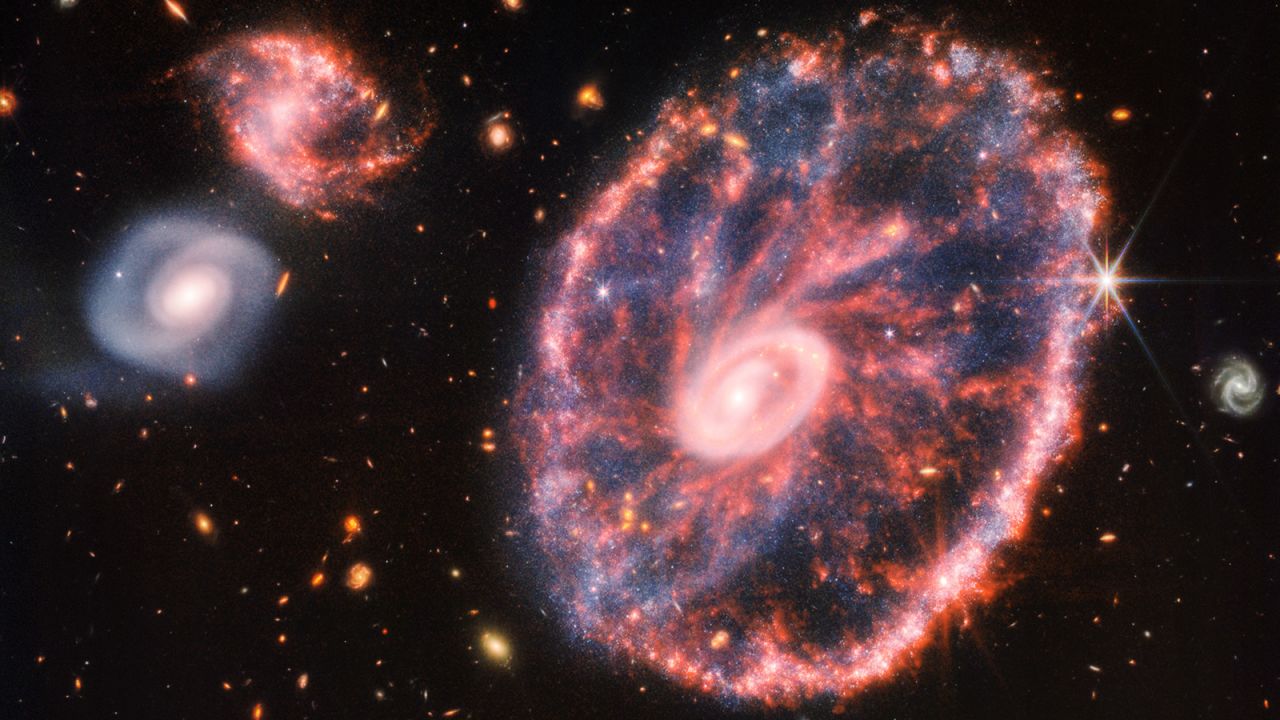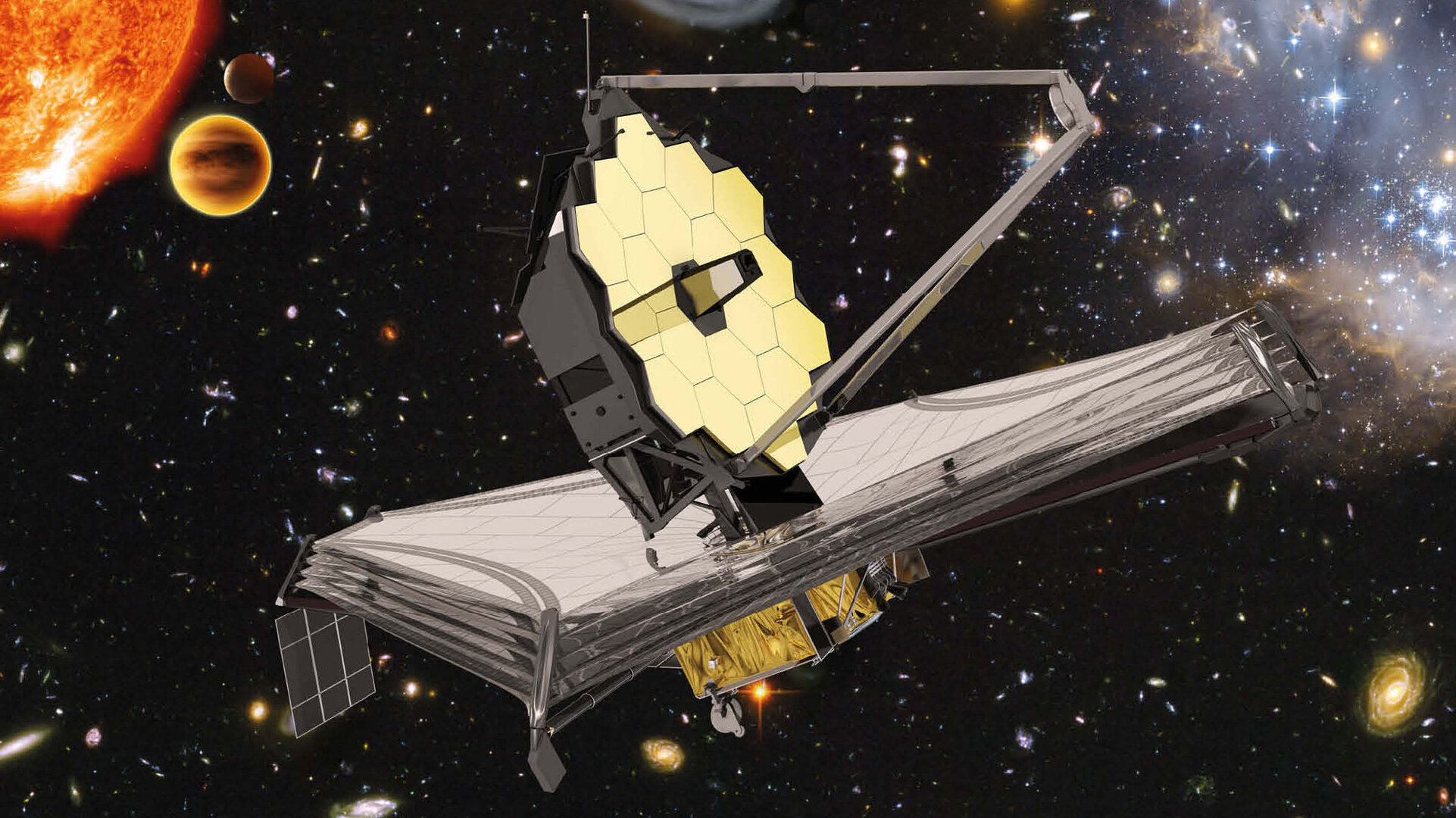Listen the Article:
Washington, Online Desk. The James Webb Space Telescope has photographed a pair of merging galaxies, also known as II ZW 96. The Merging Galaxies is about 500 light-years away in the constellation of Delphinus, near the celestial equator. After the merger of this galaxy merger, there has been a change in the size of both. Both the galaxies have twisted under the influence of gravity after the merger.

About 100 billion times brighter than the Sun
It is known that II ZW 96 was the first target due to such star-forming regions. The picture was captured by the James Webb Space Telescope to investigate the evolution of the luminous infrared galaxies around it, which is perfectly suited for study by Webb’s sensitive instruments. know that
/https://tf-cmsv2-smithsonianmag-media.s3.amazonaws.com/filer_public/9b/5a/9b5a39d6-7e7d-4065-bfd6-3b33ff97044d/deep-fieldsmacs0723_web.jpeg)
These galaxies are about 100 billion times brighter than the Sun in infrared frequencies.

Scientists already had a goal
The target was part of a list of complex galactic ecosystems drawn by astronomers since the James Webb Space Telescope was commissioned for science operations, along with ground-based observatories such as the Hubble Space Telescope. ) has already done preliminary inspection of these targets.

The Milky Way appears in many colors
According to NASA, galaxies appear in many colors. This type of pair is particularly bright in the infrared wavelengths, which is due to the process of star formation taking place. NASA said that the brightness of these galaxies is 100 billion times more than the Sun. According to the agency, the pair was chosen by an international team of astronomers as a test run of Webb. While II ZW 96 has already been observed using the Hubble Space Telescope and other ground-based observatories, scientists believe Webb will provide more information about the complex galactic environment.





One Comment
One Ping
Pingback:Rover Mars: What happened on Mars that NASA's rover started throwing away the samples it collected? - Republic Aeon